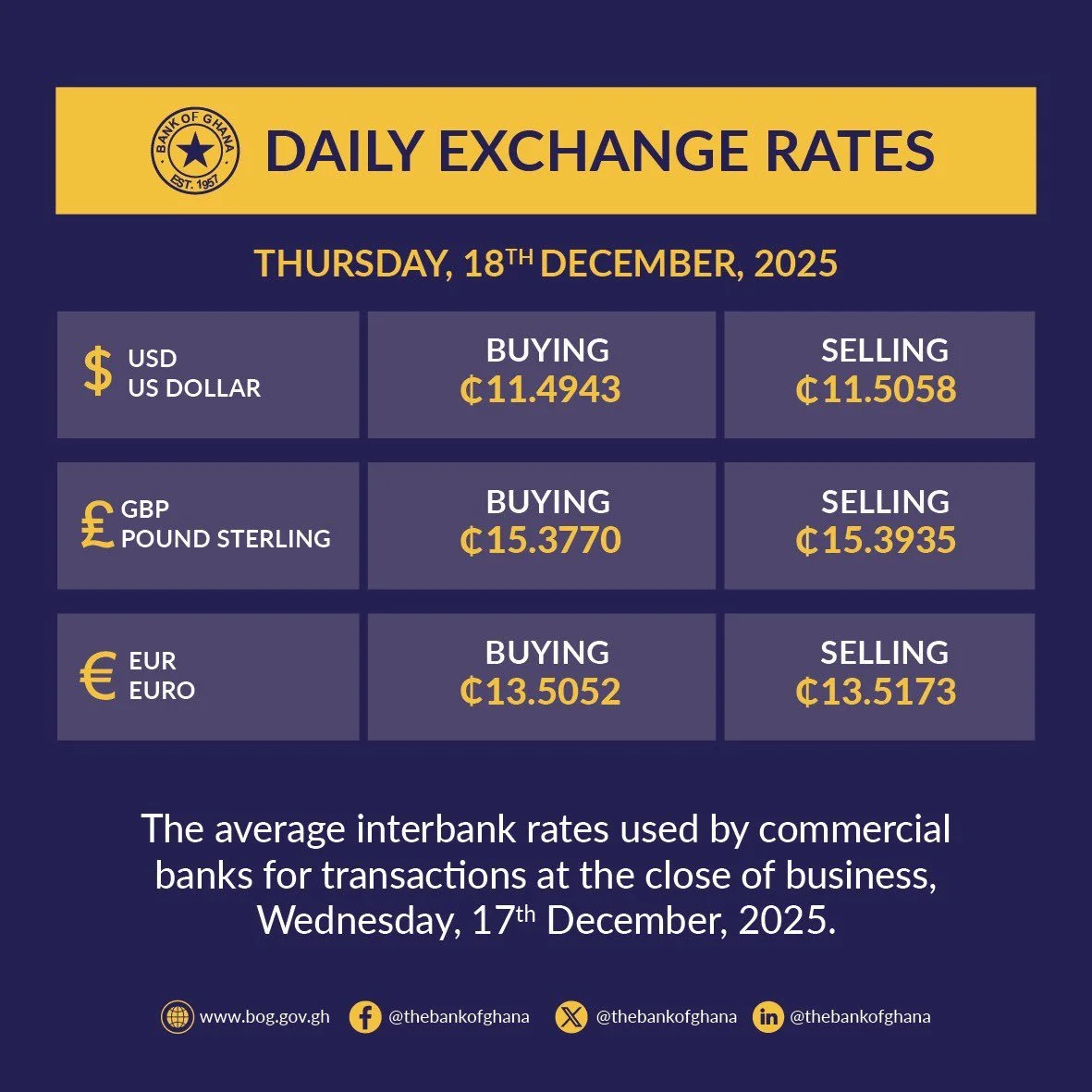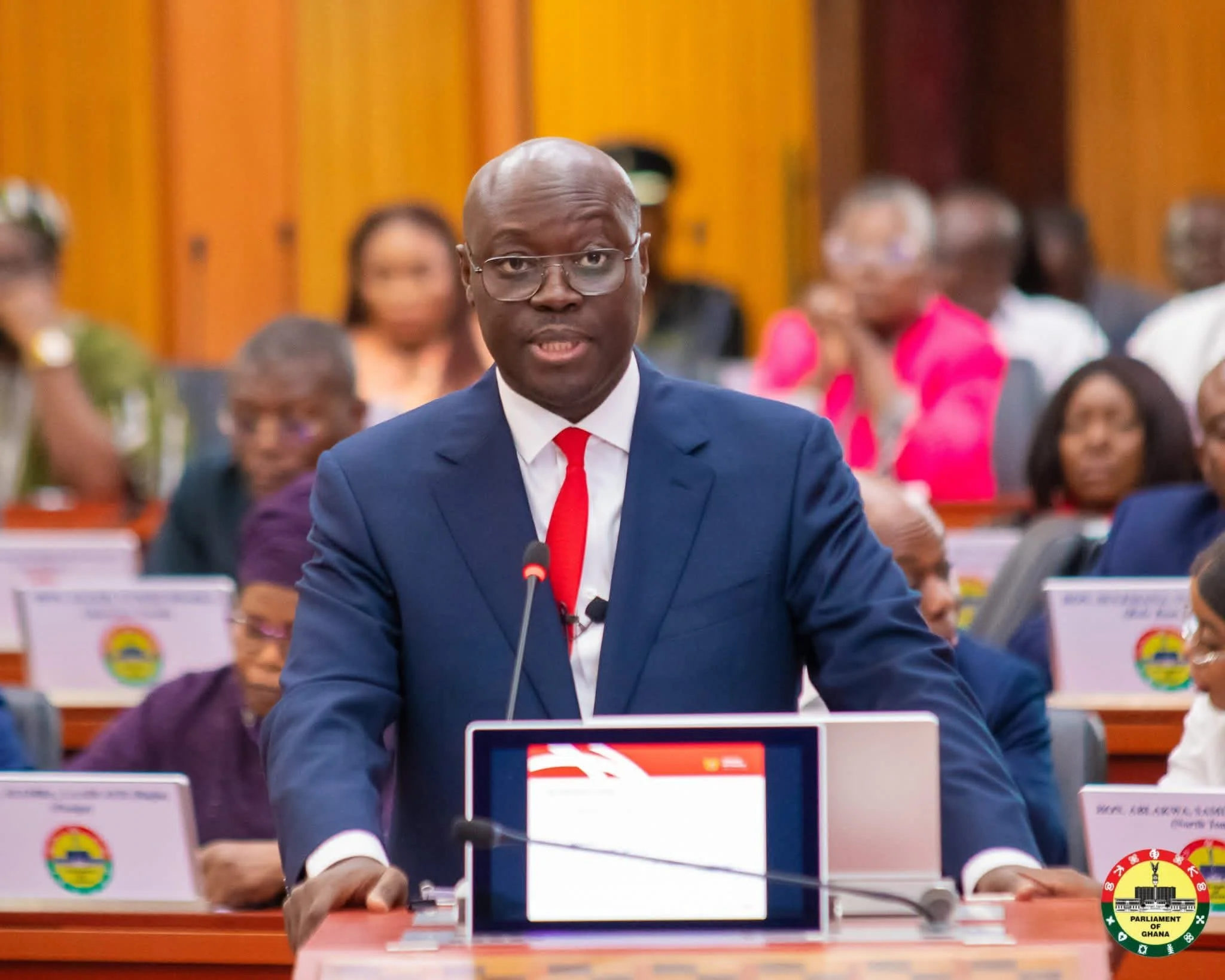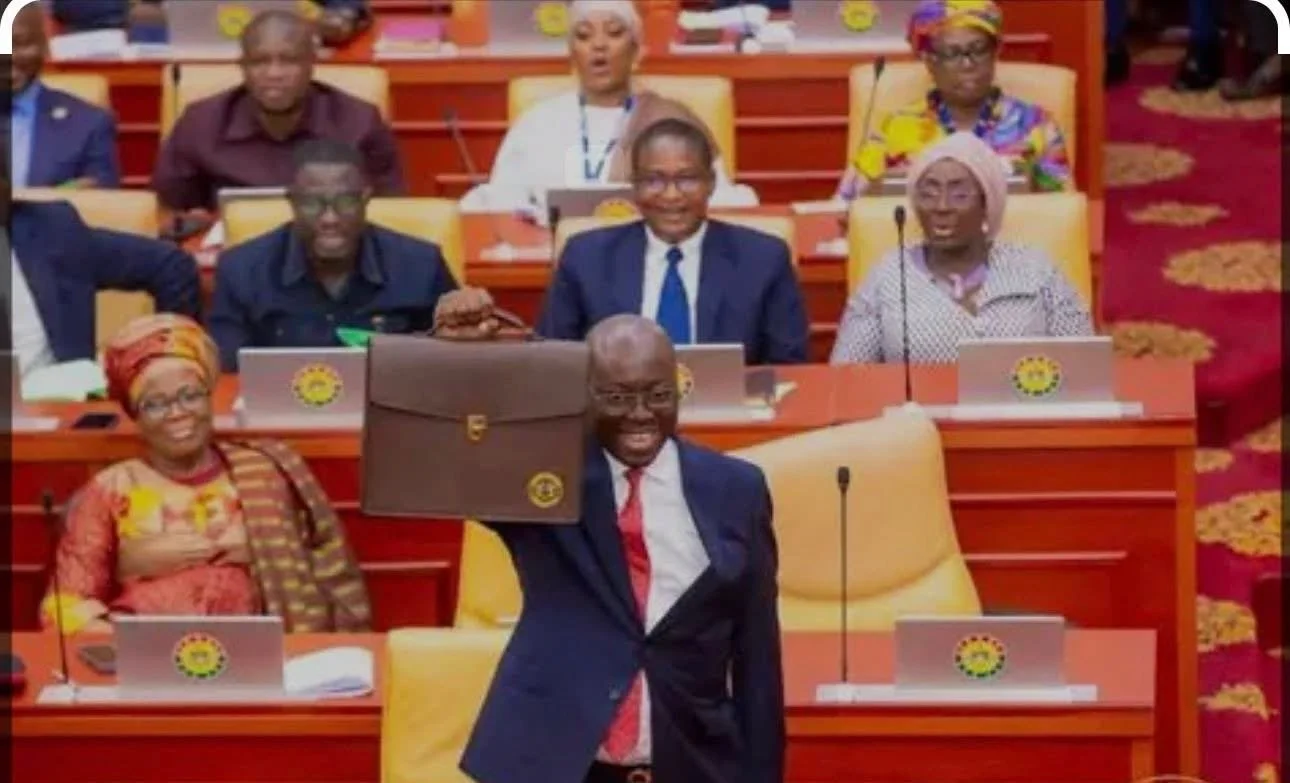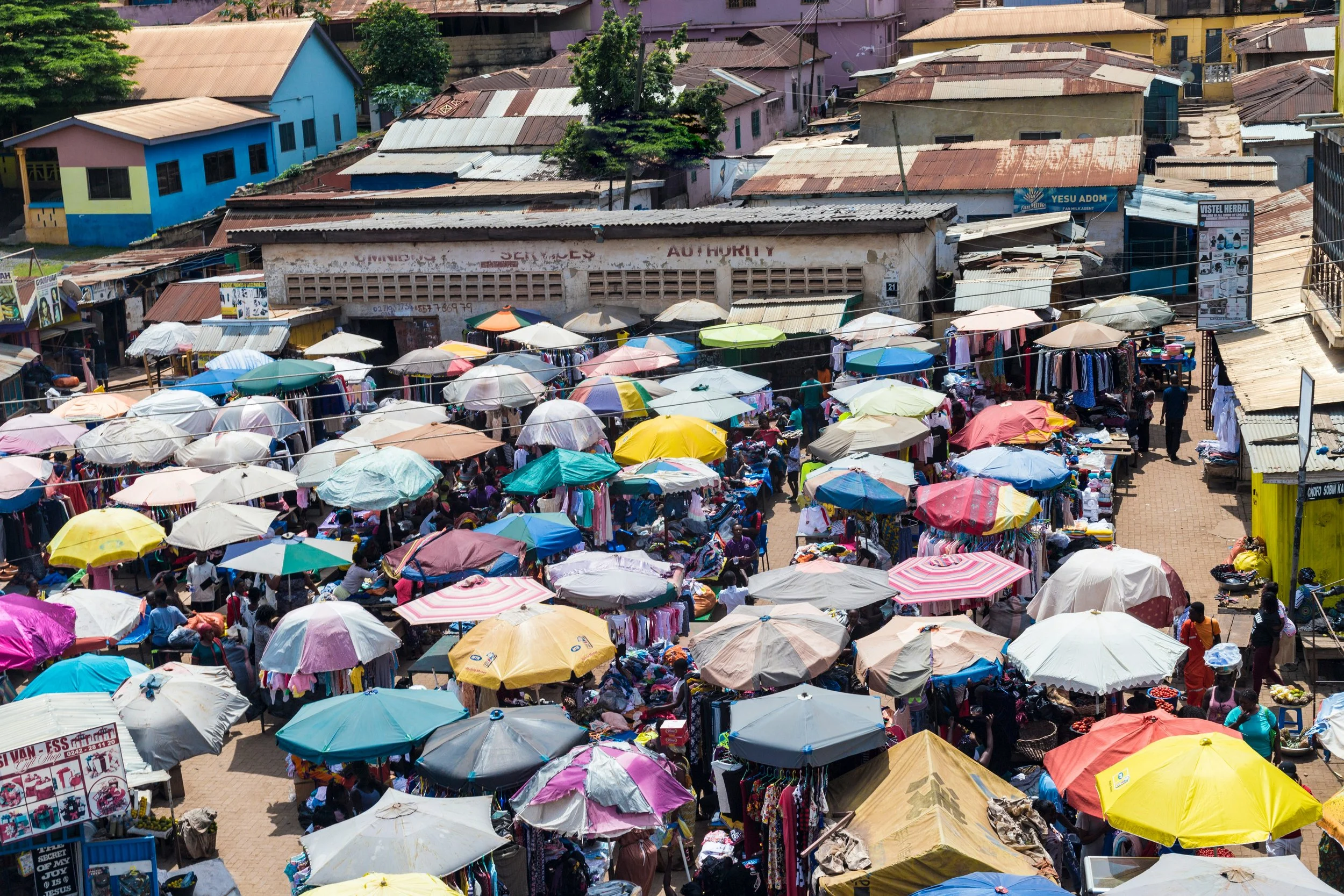AGOA’s Endgame: What the Expiry of the U.S.–Africa Trade Pact Means for 32 Nations

For more than two decades, the African Growth and Opportunity Act (AGOA) has stood as a cornerstone of trade relations between the United States and sub-Saharan Africa, granting eligible African countries duty-free access to U.S. markets.But as the program approaches its scheduled expiration in September 2025, both sides face a crucial crossroads one that could reshape the region’s trade trajectory and economic future.
From its inception in 2000, AGOA has helped eligible countries export thousands of product lines to U.S. markets, especially in apparel, textiles, and agricultural commodities. One estimate values non-crude African exports to the U.S. under AGOA at approximately $103 billion between 2001-2022.
However, the benefits have been uneven. A large portion of trade under AGOA has been concentrated in just a handful of countries and sectors, while many others struggled to penetrate U.S. value chains or diversify. The expiration of AGOA comes amid a changing global trade landscape: rising U.S. tariffs, shifts in investor focus, and growing competition from China and other global players. African policymakers and U.S. trade officials alike warn that allowing AGOA to lapse without a credible successor would send a strong negative signal.
In fact, several analysts say a failure to act could weaken U.S. influence in Africa and undermine the continent’s export-led growth models.
The expiration means that many African exporters especially those in the apparel, textile and agricultural sectors—may suddenly lose preferential marketplace access. According to the Associated Press, thousands of jobs across multiple countries are at risk as firms anticipate losing duty-free privileges. The expiration means that many African exporters especially those in the apparel, textile and agricultural sectors may suddenly lose preferential marketplace access. According to the Associated Press, thousands of jobs across multiple countries are at risk as firms anticipate losing duty-free privileges. For example, Kenya’s textile sector, which expanded under AGOA, faces shrinking margins and uncertainty in the face of Asian competitors.
Experts suggest three possible scenarios:
A straightforward renewal of AGOA in its current form, providing stability and continuity.
A re-architected version of AGOA: shorter term extension with updated eligibility criteria, a stronger focus on value-added exports, and deeper integration into African value chains.
A replacement strategy: letting AGOA expire and shifting toward bilateral trade deals with individual African nations or regional trade frameworks, aligning with the African Continental Free Trade Area (AfCFTA).
For countries like Ghana, which leveraged AGOA benefits, the path forward involves:
Diversifying exports beyond commodities (e.g., textiles, agro-processing).
Strengthening regional value chains under AfCFTA to reduce reliance on U.S. preference access.
Investing in structural reforms – trade logistics, regulatory frameworks, and manufacturing competitiveness – to make any future U.S. access more mutually beneficial.
The expiration of AGOA isn’t just a trade technicality, it's a signal about the future of the U.S. Africa economic engagement. African nations have advanced under the program, but the fall-out from its expiry may be significant unless there is swift action. For Washington, the question is whether to renew a quarter-century old trade tool or redesign a fresh framework for the 21st-century African market. The choices made now will determine who sets the agenda: the U.S., Africa or others.
Read Also
Ghana’s labour force expanded in 2025 with over 330,000 new jobs, but youth unemployment remains high at over 32 percent, according to new data from the Ghana Statistical Service.
The Ghanaian cedi sold at ¢11.5058 to the US dollar on December 18, 2025, according to the Bank of Ghana’s latest interbank exchange rates.
Ghana’s economy expanded by 6.1% in the first nine months of 2025, with agriculture, ICT, and trade powering growth. Government Statistician Dr. Alhassan Iddrisu says the data shows “slightly stronger momentum” than 2024.
Germany has pledged an extra €3 million to Ghana’s Sustainable Energy for Climate Project, bringing total support to €10 million, as both nations deepen cooperation on renewable energy, efficiency, and climate resilience.
Ghana’s inflation rate dropped for the 11th consecutive month to 6.3% in November 2025, the lowest since 2021. The Ghana Statistical Service attributes the trend to price stability in food, non-food, and locally produced items.
Ghana’s Public Utilities Regulatory Commission (PURC) has announced new tariffs effective January 1, 2026 — electricity to increase by 9.86% and water by 15.92% under the 2026–2030 Multi-Year Tariff Review. The adjustment reflects inflation, exchange rate, and gas cost projections.
The Bank of Ghana has reduced its policy rate to 23%, citing strong economic recovery, stable inflation, and improved reserves. Governor Johnson Asiama says Ghana is “shifting from recovery to expansion” as the BoG balances disinflation with growth.
Deputy Majority Leader Alexander Afenyo-Markin has urged Parliament to reject the proposed 7% withholding tax increase, warning it will hurt Ghanaian small businesses and undermine economic recovery.
Ghana’s Special Prosecutor has rejected aspects of the IMF’s Governance and Corruption Diagnostic Report, saying the findings reflect 2023 challenges and not the Office’s current reforms, capacity, and anti-corruption performance.
Ghana Statistical Service has revised July 2025 MIEG growth down to 3.7% from the earlier 4.5%, while August 2025 economic activity expanded by 5.1%. Agriculture and services led the growth, though industry contracted.
Former Finance Minister Amin Adam says Ghana’s single-digit inflation is misleading, arguing in Parliament that rising prices of essential goods, failing Treasury bill auctions and weakened investor confidence reveal a struggling economy depriving citizens of decent livelihoods.
Former Information Minister Kojo Oppong Nkrumah warns that Ghana’s 2026 Budget faces a staggering revenue shortfall of up to GH₵19 billion, forcing the government to cut expenditure by GH₵28 billion. He urges Parliament to confront the structural weaknesses undermining the economy.
Two suspects have been arrested and arraigned for hoarding premix fuel, Fisheries Minister Emelia Arthur told Parliament. Automation reforms continue nationwide.
Ghana’s Presidential Spokesperson Felix Kwakye Ofosu has dismissed Minority allegations that the Bank of Ghana printed money to finance the Gold Board, insisting the bank only facilitated legal intermediation in the gold-for-reserves program.
Ghana’s Cedi @ 60 Conference sets a bold agenda for currency stability, digital innovation, and fiscal discipline, with BoG Governor Asiama calling for national commitment.
The Government of Ghana has officially abolished the COVID-19 Health Recovery Levy as part of sweeping 2026 VAT reforms. Finance Minister Dr. Ato Forson says the move will return GH₵3.7 billion to citizens and businesses while simplifying Ghana’s tax system and boosting fiscal efficiency.
Ghana’s 2026 Budget projects a minimum 4.8% GDP growth as Finance Minister Dr. Ato Forson outlines a strategy focused on fiscal discipline, revenue mobilisation, social protection, and sustained macroeconomic stability under the theme “Resetting for Growth, Jobs and Economic Transformation.”
Energy Minister John Abdulai Jinapor tells Parliament that 202 contracts have been terminated and major reforms launched to reduce ECG’s technical and commercial losses while improving efficiency and revenue collection.
Ghana Gold Board’s Richard Nunekpeku says the agency will not yield to political pressure after 25 people were arrested for illegal gold trading and smelting in Accra. Investigations are ongoing under the Gold Board Act 2025.
Star Oil has overtaken GOIL to become Ghana’s largest Oil Marketing Company, driven by disciplined management, operational efficiency, and trust-based customer engagement.
United Nigeria Airlines has inaugurated its first international flights to Accra, Ghana, marking a major step toward enhanced West African trade, tourism, and regional integration.
The Ghanaian government has approved a 9% salary increase and a new minimum wage of GH₵ 21.77 for public-sector workers in 2026, following successful negotiations between the Finance Ministry, FWSC, and Organized Labour.
S&P Global Ratings lifts Ghana’s credit rating to ‘B-/B’ with a stable outlook, citing fiscal discipline, debt reform, and stronger foreign reserves.
Inflation drops to 8.0% in October, below Ghana’s 2025 target, marking a major macro win — but cost-of-living pressures still squeeze households.
The LCIA has ruled in Ghana’s favour in the PDS case. Gov’t says it will recover all ECG assets and revenues after the $190m power concession dispute.
The IEA is calling for the abolition of mining tax incentives and a review of Ghana’s royalty rates to ensure citizens benefit fairly from natural resources.
Energy Minister John Jinapor warns that oil firms holding inactive blocks will lose their licenses as Ghana moves to revitalize petroleum exploration.
Ghana’s inflation falls to 8% in October 2025 — the lowest in four years and the 10th straight monthly drop, reports the Ghana Statistical Service.
Oti Region to host a 500MW biomass plant under Ghana’s 24-Hour Economy drive, boosting renewable power, jobs, and agricultural value chains.































Delivering the 2026 Budget, Finance Minister Ato Forson revealed that $31bn in import-related transfers left Ghana with no goods received, describing the discovery as “organised crime.” Audit shows massive under-declaration and banking breaches.